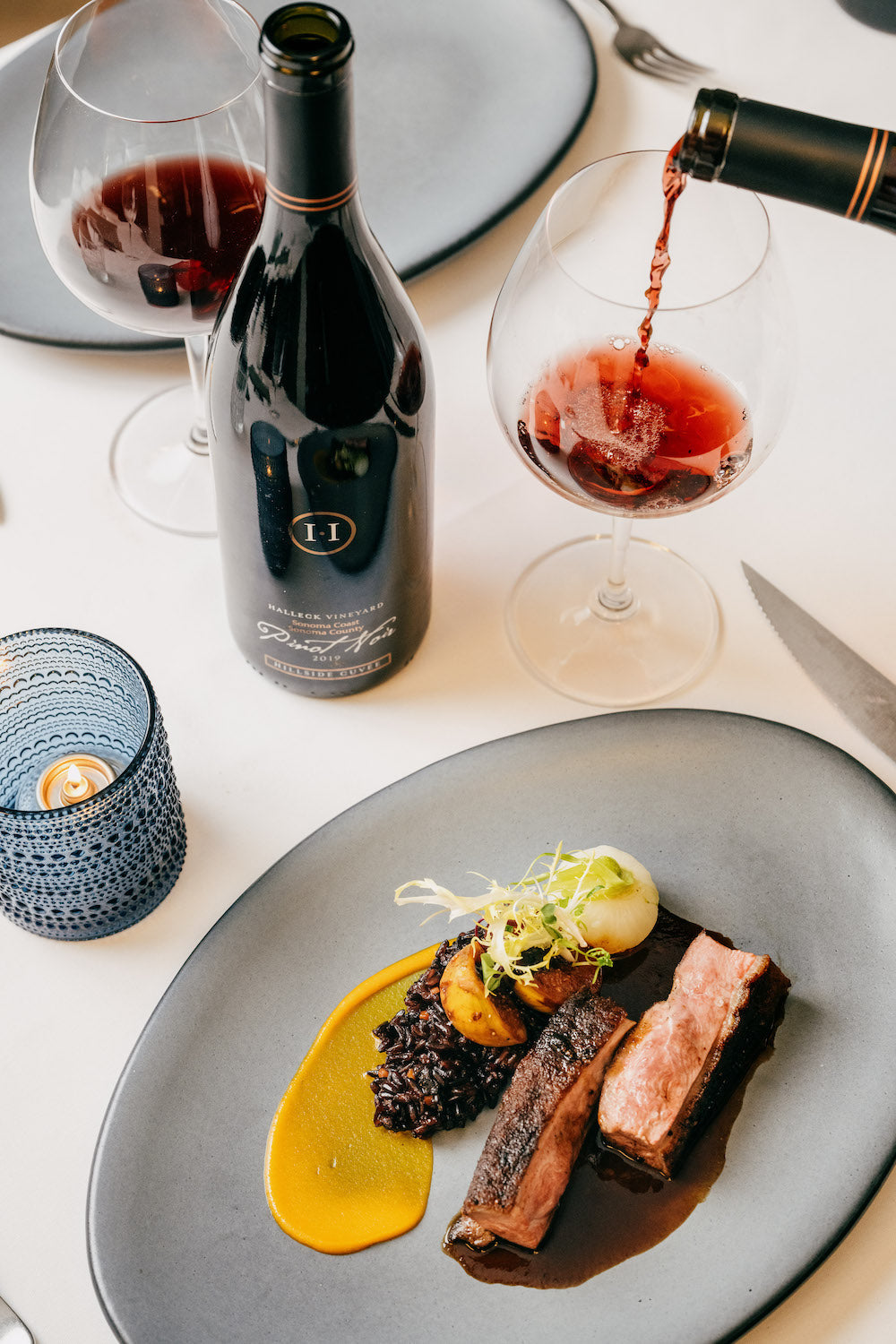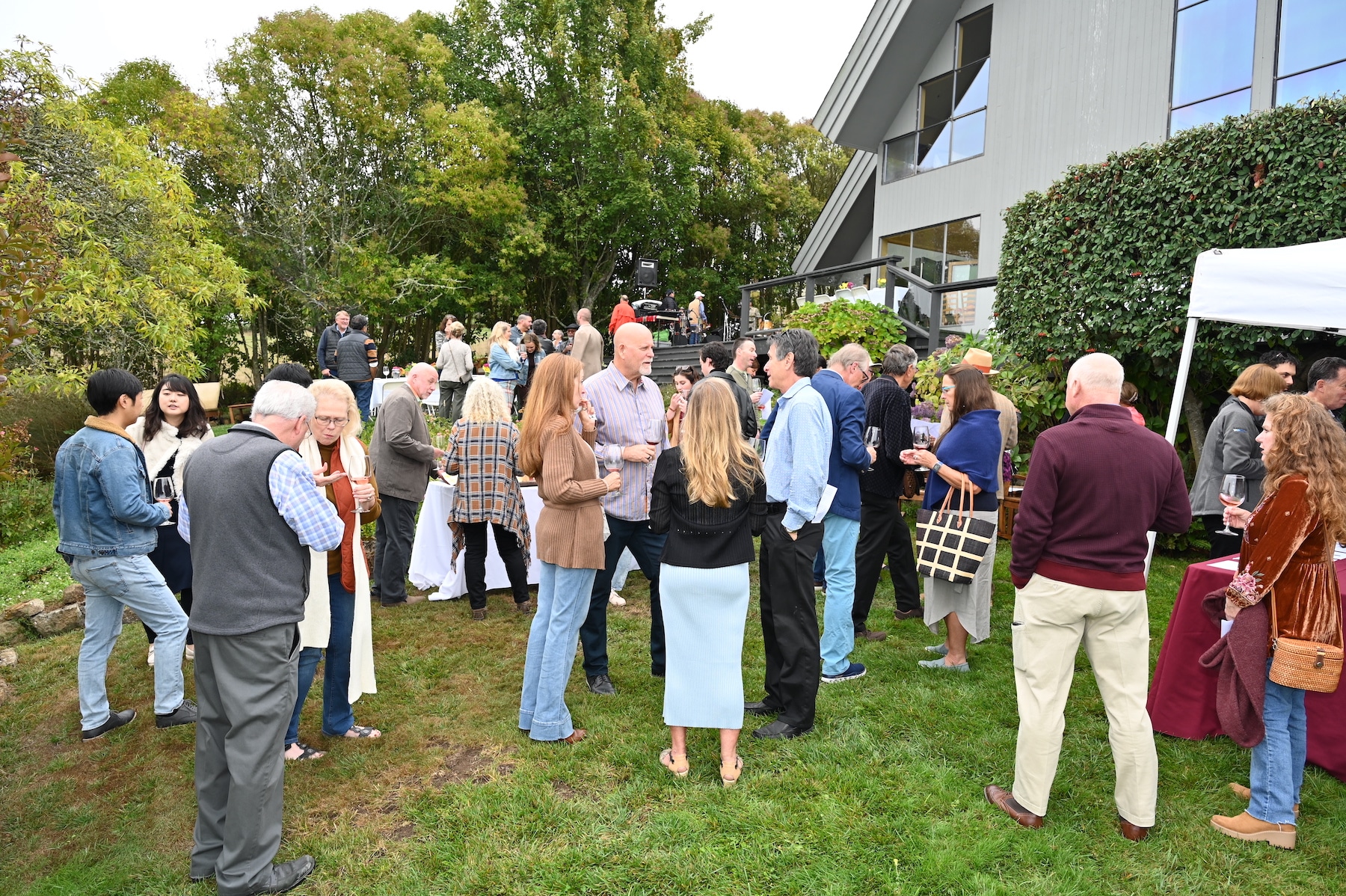Discover Wine Tours at Sonoma Wineries
Discover Wine Tours at Sonoma Wineries
Blog Article
Savor Memorable Wine Tastings in Sonoma Valley
Understanding the nuanced vocabulary related to winery wine tasting is essential for each novices and seasoned connoisseurs alike. Each term brings to life the experience of tasting wine and might enhance one’s appreciation of the many intricacies concerned. Wine tasting is extra than simply ingesting; it's an art that entails numerous senses and feelings.
To begin with, the term "nostril" refers back to the aromas one detects when smelling the wine. This is a crucial step because the bouquet sets the stage for the tasting experience. Notes of fruit, spice, earth, and wooden may mingle, offering a glimpse of what the palate would possibly verify. Understanding "nosing" the wine can dramatically elevate one's sensory journey.
Another key facet is the term "body." The physique of the wine describes its weight and fullness on the palate. A full-bodied wine has a robust presence and tends to linger longer after swallowing. Conversely, light-bodied wines could feel extra delicate and refreshing. Recognizing the body helps tasters assess the wine's construction and balance.
Relish Patio Wine Tastings in Sonoma 95409
The concept of "tannins" is vital in purple wine tasting. Tannins are compounds derived from grape skins, seeds, and stems, contributing to a wine's texture and getting older potential. High tannin wines often end in a dry mouthfeel, while lower tannin levels yield a smoother experience. This distinction is particularly necessary when pairing wines with food, as tannins can either complement or conflict with sure dishes.
In addition to tannins, "acidity" performs a significant position within the wine tasting experience. Acidity offers wine its crispness and liveliness - Discovering the Best Kept Secrets of Sonoma County. Wines with larger acidity tend to be refreshing and energizing, making them wonderful companions for a big selection of meals. Recognizing acidity can drastically enhance one’s food-pairing capabilities and general tasting enjoyment.
When delving into the flavor profile of a wine, one might encounter the term "end." The finish refers back to the aftertaste that lingers within the mouth after swallowing. A long end is usually related to high-quality wines, as it signifies complexity and depth. A quick finish might recommend an easier wine. Understanding the way to evaluate the finish can reveal a lot about a wine's character.
Exploring the "vintage" can additionally be integral to wine tasting terminology. The vintage denotes the year by which the grapes had been harvested. Different years can yield vastly totally different outcomes due to variations in local weather situations. For instance, a scorching summer season can produce more concentrated flavors, whereas a cooler 12 months might yield more refined, nuanced wines. Understanding vintage permits for a deeper appreciation of a wine’s origin and potential.
Secrets to the Lesser-Known Wineries of Sonoma County
The term "terroir" encompasses the geographical and environmental components that contribute to a wine's unique character. Components similar to soil type, local weather, elevation, and topography all play a role within the flavor and quality of the wine. This connection to position helps one understand why wines from completely different regions can style so distinctively totally different, even when created from the identical grape variety (Create the Perfect Wine Tasting Itinerary in Sonoma County).

When participating with wines, the phrase "leg" refers to the droplets that type on the see this here inside of the glass after swirling. These droplets can indicate the wine's alcohol content and viscosity. Whereas observing the legs won't instantly relate to the wine’s style, it adds to the overall experience and intrigue of wine tasting much less clear.
Taste Organic Wine Choices at Award-Winning Wineries in California
A more specific term that may arise throughout tastings is "oak." The affect of oak barrels on wine can impart flavors similar to vanilla, toast, or spice. The diploma of oak getting older can range broadly amongst wines, affecting each aroma and style. Understanding oak therapy supplies insights into the winemaker’s selections and the ensuing complexity of the wine.
In wine tasting, one might also hear the term "palate." The palate refers to the overall taste experience in the mouth. This encompasses sweetness, bitterness, acidity, and body. A well-balanced palate is essential for a harmonious tasting experience, and recognizing any imbalances helps assess the quality of the wine.
The experience of wine tasting is greatly enriched by understanding the terminology that accompanies it. Every term serves a function, enhancing the flexibility to convey ideas and emotions concerning the wine one's experiencing. This vocabulary bridges communication between tasters, sommeliers, and winemakers alike.
To fully get pleasure from wine tasting, it is important to have interaction all senses. The sight of the wine, its shade, and readability can present insight into its age and quality. Swirling the wine releases aromas that heighten the olfactory experience, while the actual tasting permits for a whole analysis of the wine's profile.
Enhance Your Wine Tasting with Local Cuisine 95404
In conclusion, understanding the detailed rationalization of winery wine tasting terminology tremendously enhances the experience of tasting. Every term invitations the taster to interact more deeply with the wine, encouraging connections to the senses, the winemakers, and the lands the place the grapes are grown. This nuanced vocabulary creates a richer, extra fulfilling wine tasting experience.
- Aroma refers again to the scents released by the wine, which can indicate its grape variety and influence the tasting experience.
- Tannins are natural compounds present in grape skins, seeds, and stems, contributing to the wine's construction and getting older potential.
- A end, or aftertaste, is the lingering flavor sensation that continues to be on the palate after swallowing, often a key indicator of quality.
- Body describes the weight and fullness of wine in the mouth, generally categorized as light, medium, or full-bodied.
- Terroir denotes the distinctive environmental traits of a winery that affect the style and high quality of the wine, together with soil kind and local weather.
- Acidity is a crucial element that contributes to a wine's freshness and stability, impacting its growing older capability and overall flavor profile.
- Vintage indicates the year grapes had been harvested and performs a major function in figuring out the wine's characteristics, reflecting specific climatic conditions.
- Decanting involves pouring wine from its bottle into another vessel, permitting it to aerate and enhancing its flavors and aromas.
- A corked wine could additionally be tainted by a defective cork, leading to musty or off-putting flavors that detract from the wine's meant profile.
- The term “legs” refers to the droplets that cling to the inside of a glass after swirling, often associated with the wine's alcohol content and viscosity.undefinedWhat is the that means of "nostril" in wine tasting?undefinedThe "nose" refers to the aroma profile of the wine, which is detected through the sense of scent. It Is an important side of wine tasting, as aromas can reveal a lot about the grape selection, winemaking process, and aging.
How ought to I correctly style wine?undefinedTo taste wine effectively, comply with these steps: observe the colour, swirl the wine to aerate it, take a gentle sniff to seize the aromas, sip and let it coat your palate, and at last, note the finish. This approach helps in appreciating the wine’s complexity.
What are "tannins" and how do they affect wine?undefinedTannins are pure compounds present in grape skins, seeds, and stems that contribute to a wine's structure and astringency. They can create a drying sensation within the mouth, they usually additionally play a role in the wine's growing older potential.
A Look Inside Wine Tasting in Sebastopol

What does the term "balance" imply in wine tasting?undefinedBalance refers to the harmony between the completely different elements of a wine, such as acidity, sweetness, alcohol, tannin, and flavor depth. A well-balanced wine will have every of these parts supporting each other quite than overpowering the others.
What is the importance of "terroir" in wine tasting?undefinedTerroir encompasses the environmental factors—such as soil, climate, and geography—that affect have a peek at these guys the characteristics of the wine produced in a selected area. Understanding terroir helps tasters respect the distinctive qualities that completely different regions impart to their wines.
What does "vintage" imply and why is it important?undefined"Vintage" indicates the 12 months when the grapes were harvested. It is essential as a result of it impacts the wine’s quality and traits, as climate circumstances in the course of the growing season can considerably influence flavor profiles and aromatics.
What are "legs" and what do they signify?undefined"Legs" check with the droplets that kind and run down the inside of a glass after swirling wine. While they'll indicate alcohol content and viscosity, they don't decide quality—this is more about personal perception of richness.
Favorite Wine Tours in Sebastopol and Sonoma 95407
What does "full-bodied" mean versus "light-bodied"?undefined"Full-bodied" wines are wealthy, dense, and sometimes have higher alcohol content material and sophisticated flavor profiles, while "light-bodied" wines are extra delicate and refreshing with a lower alcohol content. This distinction helps tasters perceive the expected weight and mouthfeel of the wine.
How can I establish fruit flavors in wine?undefinedTo determine fruit flavors, consider the aroma and style profiles. Swirl the wine, inhale deeply to seize the bouquet, and focus on particular characteristics. Familiarity with typical fruit profiles of assorted grape varieties can enhance this identification course of.
What is "end" in wine tasting?undefinedThe "finish" refers to the aftertaste that lingers in the mouth after swallowing. A lengthy, complex end is often an indication of quality in a wine, because it reflects the depth of flavor and general craftsmanship in the winemaking course of. Report this page